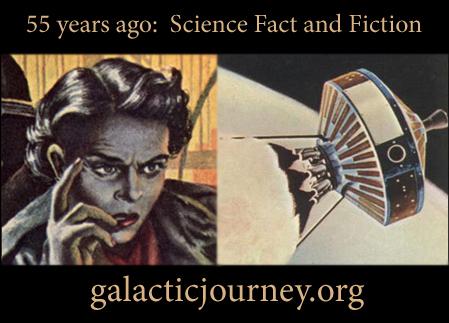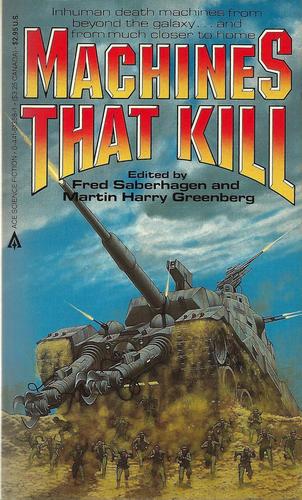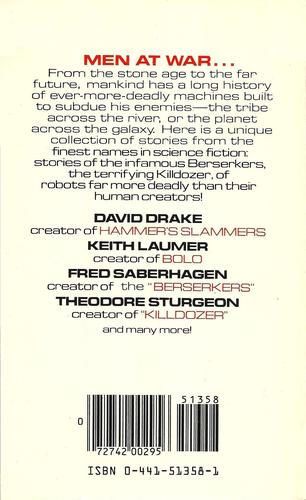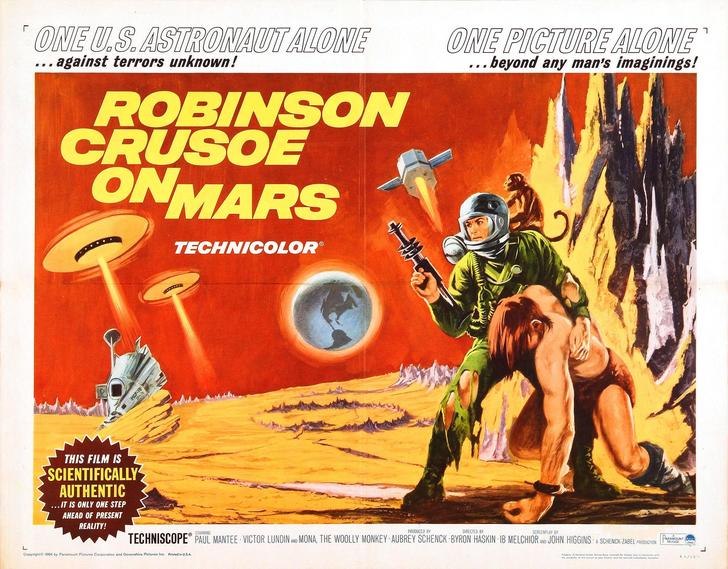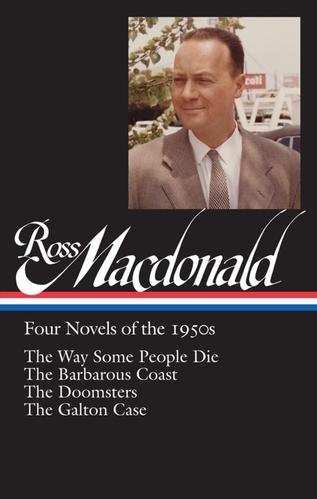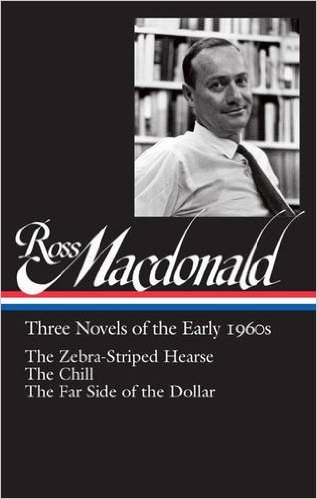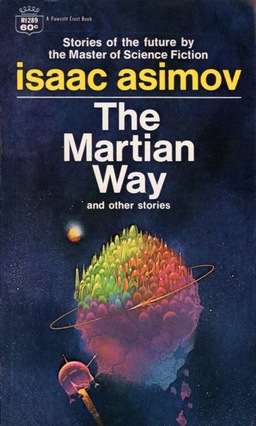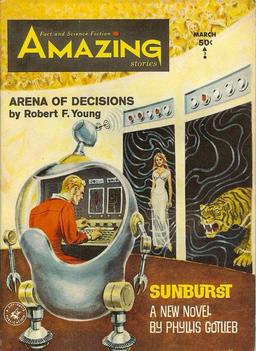 Here’s a latish Cele Goldsmith issue… indeed, she became Cele Lalli with the August issue (and her tenure ended with the June 1965 issue). This one has a cover by Emsh for Robert F. Young’s “Arena of Decisions.” Interiors are by George Schelling and Virgil Finlay.
Here’s a latish Cele Goldsmith issue… indeed, she became Cele Lalli with the August issue (and her tenure ended with the June 1965 issue). This one has a cover by Emsh for Robert F. Young’s “Arena of Decisions.” Interiors are by George Schelling and Virgil Finlay.
Norman Lobsenz’ Editorial is about SFnal games, referring to Lewis Carroll’s notion of Circular Billiards. In the book review column, The Spectroscope, a new reviewer is introduced: Lester del Rey. The column had missed one issue, with the January issue having been longtime reviewer S. E. Cotts’ last. Curiously, del Rey lasted only one issue, though the Editorial implies a long run was coming. Robert Silverberg took over with the next issue – I don’t know the story behind this. Del Rey did later have long runs at If and Analog doing review columns. In this issue he praises Simak’s Way Station and (with reservations) Dean McLaughlin’s The Fury from Earth, and he is quite negative about Heinlein’s Glory Road.
The letter column features Jeff Rensch (wants to ditch the magazine’s name), Jim Hawkins, Ricky Hautala, Georgia Covington, Michael L. Abraham, and Robert Lewis. Of those I know Hautala’s name – he was a fairly prolific horror novelist in the ‘80s.
Ben Bova contributes the Science article, “The Time of Great Dying,” which discusses the Cretaceous Extinction, summarizing the current theories and adding one of his own (the proliferation of grasses led to the extinction of the dinosaurs). Bova’s summary is sensible and clear, but as with almost all such on this particular event, it can largely be thrown in the dustbin of history. (He does suggest a nearby supernova as a possibility, though.)
The fiction, then:
Sunburst (part one of three), by Phyllis Gotlieb (18500 words)
“Arena of Decisions,” by Robert F. Young (6,800 words)
“Now is Forever,” by Dobbin Thorpe (5,200 words)
“Jam for Christmas,” by Vance Simonds (7,300 words)
…
Read More Read More



